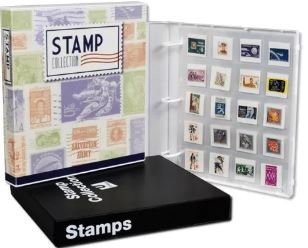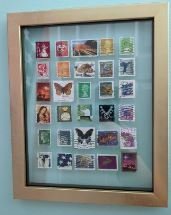Starting a stamp club can be one of the most rewarding experiences for both beginner and seasoned philatelists. How to start a stamp club is a question many collectors ask when they want to share their passion for stamps, connect with like-minded people, and create a supportive community. But, while the idea of forming a stamp club is exciting, there are several important steps you must follow to ensure its success—and avoid common mistakes that could hinder your club’s growth and longevity.
In this article, we’ll guide you through the process of how to start a stamp club, from the planning stages to creating a thriving group that will benefit all its members. Plus, we’ll highlight the key pitfalls to avoid so you can set your stamp club up for success from the very beginning.
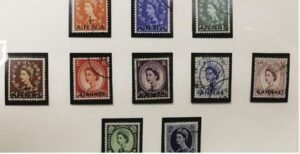
1. Define Your Club’s Purpose and Focus
The first step in how to start a stamp club is deciding what your club’s focus will be. A stamp club can be as general or specific as you like, but it’s important to clearly define your purpose. Do you want to create a general stamp collecting club, or would you prefer to focus on a niche like vintage stamps, international stamps, or a specific theme (e.g., stamps from a particular country or time period)?
Pitfall to Avoid: One of the most common mistakes when starting a stamp club is failing to define a clear purpose. Without a specific focus or goal, members may become disinterested, or the group may struggle to attract like-minded individuals.
Tip: Think about your own collecting interests and consider what type of club will not only support your passions but also attract other collectors with similar interests.
2. Establish a Structure for Your Stamp Club
Next, you’ll need to decide on the structure and format of your stamp club. Will you meet monthly, quarterly, or on a different schedule? Will you have a formal membership with dues or operate as a more casual group? It’s important to consider what works best for the group’s members. A well-organized structure will help keep the club running smoothly.
Pitfall to Avoid: Avoid the mistake of leaving the structure of the club undefined. An unstructured, casual approach can lead to confusion, inconsistent participation, and difficulty in organizing events. Members may also feel uncertain about expectations.
Tip: Set clear guidelines for meetings, membership, and club activities from the start. You might consider voting on club leadership roles (president, treasurer, secretary) and decide on rules for participation, events, and dues, if any.
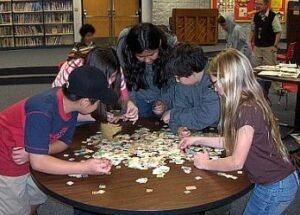
For those passionate about stamp collecting and philately, philatelic exhibitions to attend are a golden opportunity to immerse oneself in the world of rare stamps, history, and global collecting communities. These events, held worldwide, offer collectors the chance to see extraordinary collections, meet fellow enthusiasts, and gain valuable insights into the art and science of stamp collecting.
3. Promote Your Club and Attract Members
Now that you know how to start a stamp club and have defined its purpose and structure, the next step is to attract members. Promoting your club can be done in several ways, including:
- Social Media: Create a Facebook group, Instagram account, or Twitter profile to attract stamp collectors and enthusiasts.
- Local Community Boards: Use flyers or digital announcements in libraries, community centers, or local stamp shops.
- Word of Mouth: Talk to friends, family, and fellow collectors in your area to encourage them to join.
Pitfall to Avoid: A common mistake when starting a stamp club is underestimating the power of promotion. Even if you have a great idea for a club, without spreading the word, you’ll struggle to attract members.
Tip: Be proactive in your outreach. Use a mix of traditional and digital strategies to get the word out about your club. Also, try to attract diverse members—from beginners to advanced collectors—to create a well-rounded community.
4. Organize Regular Events and Meetings
Once you’ve attracted a few members, the next step in how to start a stamp club is to organize regular meetings and events that engage and excite your members. These can include:
- Monthly or Quarterly Meetings: Hold regular meetings to discuss your collections, share knowledge, and exchange stamps.
- Themed Show-and-Tell: Organize themed events where members can showcase their most interesting or rare stamps based on a predetermined theme.
- Stamp Trading and Auctions: Create opportunities for members to trade or auction off stamps. This can add an exciting dimension to your club’s activities.
- Guest Speakers and Workshops: Bring in stamp experts, dealers, or collectors to give talks or host workshops on specific topics like stamp preservation or philatelic history.
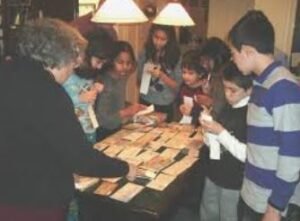
Pitfall to Avoid: One of the biggest mistakes people make when starting a stamp club is failing to organize consistent, engaging events. Without events, meetings can become dull, and members may lose interest.
Tip: Keep meetings interactive and engaging by including a mix of activities, such as discussions, educational content, and social events. Always strive to offer something new at each meeting to keep members excited and engaged.
5. Foster a Welcoming and Supportive Environment
For a stamp club to truly thrive, it needs to be a place where members feel comfortable and supported. Create an inclusive atmosphere where everyone, from beginners to experts, feels welcome and valued. This will encourage members to actively participate, share their collections, and build long-lasting friendships.
Pitfall to Avoid: One of the common pitfalls when starting a stamp club is not fostering an inclusive, supportive environment. If new members feel excluded or unwelcome, they may not return or engage with the club.
Tip: Be open to all skill levels and backgrounds. Encourage experienced collectors to mentor newcomers, and emphasize the importance of mutual respect within the group. Make sure everyone feels heard and appreciated.
6. Avoid Overcomplicating the Club’s Operations
As your stamp club grows, it’s easy to become overwhelmed with the logistics of managing the club. While it’s important to have some organization in place, avoid making things overly complicated. Keep things simple and practical so that members can easily participate and enjoy their time.
Pitfall to Avoid: A major mistake when starting a stamp club is overloading members with too many complicated rules, events, or obligations. This can lead to burnout and frustration.
Tip: Keep your club’s operations simple and flexible. Use tools like online calendars or email newsletters to keep members informed, but don’t overburden them with too many rules or requirements.
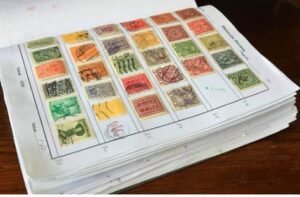
7. Keep Growing and Evolving
Finally, always look for ways to grow and improve your stamp club. As the needs of your members change, be open to new ideas and activities that can keep the club exciting and relevant.
Pitfall to Avoid: One of the dangers when starting a stamp club is stagnation. If you don’t actively seek ways to keep the club fresh and exciting, members may lose interest.
Tip: Regularly solicit feedback from your members to ensure the club is meeting their needs. Adapt your events and meetings to reflect new trends in philately and member interests.
Conclusion
Starting a stamp club can be a deeply rewarding experience for both you and your fellow collectors. By following these steps and knowing how to start a stamp club, you can create a thriving community that brings together passionate philatelists and fosters meaningful connections. Just remember to focus on defining your purpose, maintaining an organized structure, attracting diverse members, and avoiding common pitfalls such as a lack of structure or overcomplication.
With the right approach, your stamp club will not only survive but flourish—creating an environment where members can share their love of stamp collecting, learn from each other, and build lasting friendships. So, start your stamp club today, and watch it grow into a vibrant, successful community!


